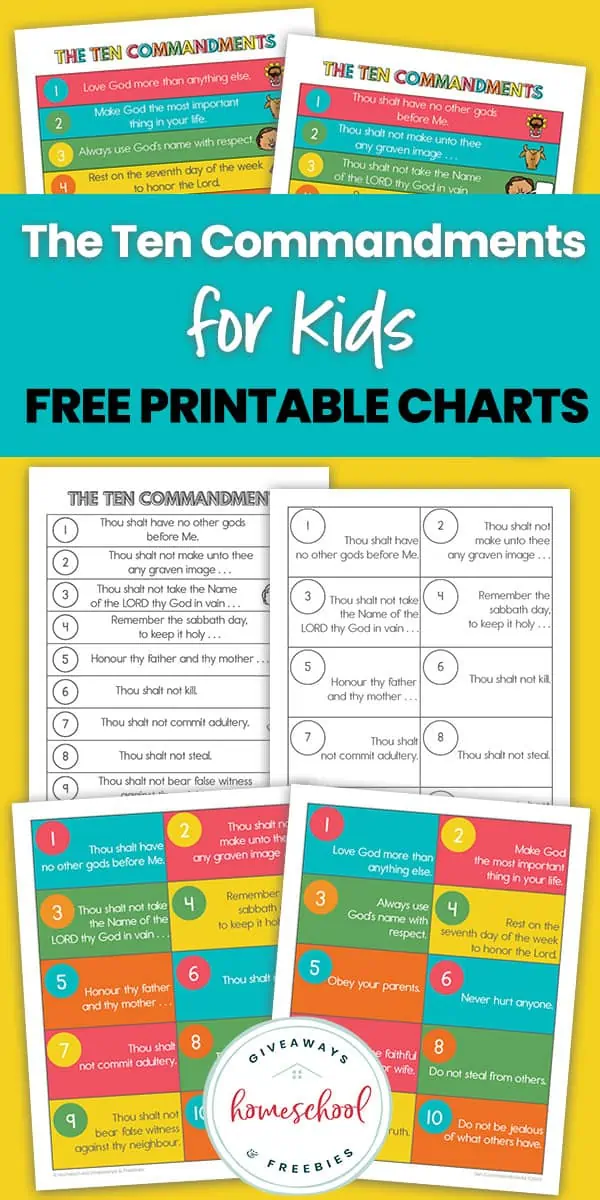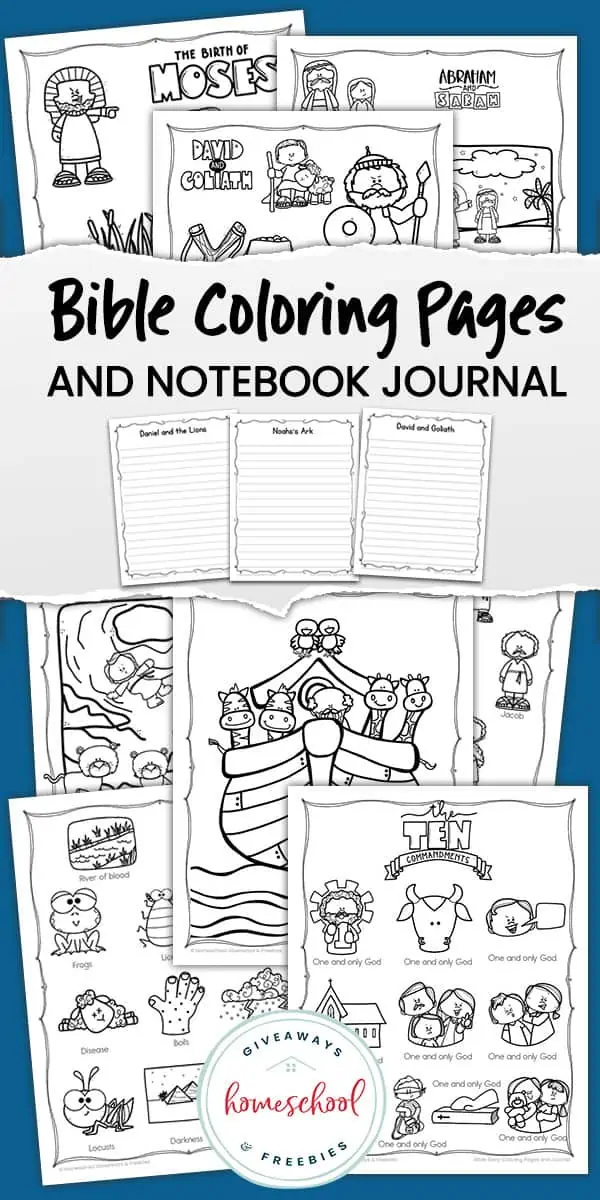4 Common Bible Study Mistakes to Avoid + FREE Bible Study Guide
Published:
February 24, 2020

Contributor:
Abby Banks
Disclosure: This post may contain affiliate links, meaning if you decide to make a purchase via my links, I may earn a commission at no additional cost to you. See my disclosure for more info.
Bible study is an important life skill that we need to teach our kids. But sometimes we’re just not sure how to approach studying the Bible with our kids. Here are 4 common Bible study mistakes to avoid. Plus – grab a FREE Bible Study Guide at the bottom of this post!
Here are the 4 common mistakes people make with Bible study:
Reading about the Bible (instead of actually reading THE Bible)
Is reading about the Bible really all that bad? Well, no, it has its place. But if that’s the extent of your Bible study, then it could be a problem.
Because when you read what other people have written about the Bible instead of diving into the text yourself, then you’re not reaping the benefits of first-hand exposure to the inspired Word.
Think of the difference between primary and secondary source documents in your homeschooling. The secondary source document (a history textbook, for example) always has some sort of bias and always does the critical thinking for you.
If instead your children use the primary source documents (speeches, the Constitution, letters written by famous people), then they get a deeper exposure into the original text and are able to interpret and apply it for themselves.
Reading the Bible directly for yourself instead of relying on someone else’s interpretation of it will take you and your kids from passive learners to active learners!
Jumping to the application (instead of starting with observation & interpretation)
We all love to know how the Bible applies to our lives. But before you can jump off a text and apply it, you have to do the important work of observation and interpretation.
What does this mean?
Observation is simply looking for the key words, repeated phrases, and original meaning of the text. Who is the author, who is he writing to, and what was the original purpose to the original audience? Observation answers the question: What does the text say?
Interpretation involves understanding the logical flow and argument of a passage and it answer the question: What does the text mean? If you and the kids can summarize a passage into your own words after reading and studying, then you’ve successfully done the interpretation step!
This step also uses cross-references and compares the text in multiple versions.
The summary step in Bible study reminds me a lot of Charlotte Mason’s narration technique. So, if your homeschoolers are used to narrating their history lesson, or science, or reading, then they can use narration for Bible study too! Try it!
Thinking the Bible is a book about YOU (instead of a book about God)
Many times we read the Bible with most of the attention on ourselves. We can study it with our kids with an eye on how it tells them to treat their siblings, or their parents, or their friends.
But is this really the key emphasis of the Bible?
When we acknowledge rightly that the Bible is first a book about God, then we are able to see all of Scripture from the appropriate lens.
Sure, we learn about ourselves and all of humanity, but it’s primarily a book about God, and God is the hero – not you.
Thinking you need a PhD to know how to study the Bible (rather, it is approachable for anyone)
If you’re starting to consider that you’re not qualified to teach your kids how to study the Bible, then stop! You really don’t need a PhD to know how to study the Bible because it truly is approachable for anyone.
We’re promised that the Holy Spirit will help us understand the Word. We just need to spend the time in it.
Sometimes it’s great to have some tools, though. Here are my favorite resources for learning to study the Bible:
- Women of the Word by Jen Wilkin
- The New Inductive Study Bible by Precept Ministries International
If you’d like to jump into Bible study with your kids and avoid these four common mistakes, then you can grab a FREE guide sheet to the Inductive Bible Study Method by visiting 4onemore.com. You’ll also want to be sure to check out our new Inductive Bible Study Courses page and keep an eye on some new Bible resources for homeschoolers coming soon!









